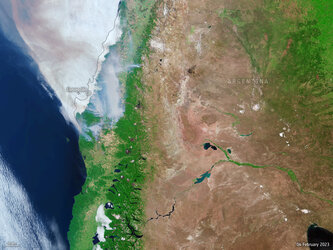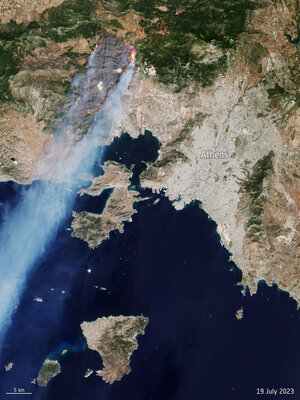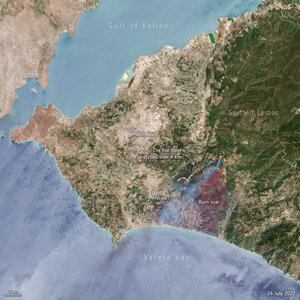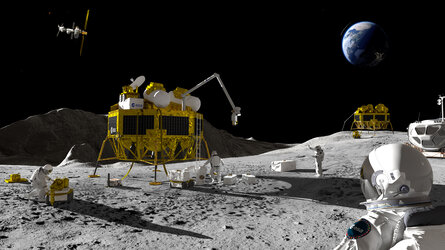Accept all cookies Accept only essential cookies See our Cookie Notice

About ESA
The European Space Agency (ESA) is Europe’s gateway to space. Its mission is to shape the development of Europe’s space capability and ensure that investment in space continues to deliver benefits to the citizens of Europe and the world.
Highlights
ESA - United space in Europe
This is ESA ESA facts Member States & Cooperating States Funding Director General Top management For Member State Delegations European vision European Space Policy ESA & EU Space Councils Responsibility & Sustainability Annual Report Calendar of meetings Corporate newsEstablishments & sites
ESA Headquarters ESA ESTEC ESA ESOC ESA ESRIN ESA EAC ESA ESAC Europe's Spaceport ESA ESEC ESA ECSAT Brussels Office Washington OfficeWorking with ESA
Business with ESA ESA Commercialisation Gateway Law at ESA Careers Cyber resilience at ESA IT at ESA Newsroom Partnerships Merchandising Licence Education Open Space Innovation Platform Integrity and Reporting Administrative Tribunal Health and SafetyMore about ESA
History ESA Historical Archives Exhibitions Publications Art & Culture ESA Merchandise Kids Diversity ESA Brand CentreLatest
Space in Member States
Find out more about space activities in our 23 Member States, and understand how ESA works together with their national agencies, institutions and organisations.
Science & Exploration
Exploring our Solar System and unlocking the secrets of the Universe
Go to topicAstronauts
Missions
Juice Euclid Webb Solar Orbiter BepiColombo Gaia ExoMars Cheops Exoplanet missions More missionsActivities
International Space Station Orion service module Gateway Concordia Caves & Pangaea BenefitsLatest
Space Safety
Protecting life and infrastructure on Earth and in orbit
Go to topicAsteroids
Asteroids and Planetary Defence Asteroid danger explained Flyeye telescope: asteroid detection Hera mission: asteroid deflection Near-Earth Object Coordination CentreSpace junk
About space debris Space debris by the numbers Space Environment Report In space refuelling, refurbishing and removingSafety from space
Clean Space ecodesign Zero Debris Technologies Space for Earth Supporting Sustainable DevelopmentLatest
Applications
Using space to benefit citizens and meet future challenges on Earth
Go to topicObserving the Earth
Observing the Earth Future EO Copernicus Meteorology Space for our climate Satellite missionsCommercialisation
ESA Commercialisation Gateway Open Space Innovation Platform Business Incubation ESA Space SolutionsLatest
Enabling & Support
Making space accessible and developing the technologies for the future
Go to topicBuilding missions
Space Engineering and Technology Test centre Laboratories Concurrent Design Facility Preparing for the future Shaping the Future Discovery and Preparation Advanced Concepts TeamSpace transportation
Space Transportation Ariane Vega Space Rider Future space transportation Boost! Europe's Spaceport Launches from Europe's Spaceport from 2012Latest


Chile battles raging wildfires
Thank you for liking
You have already liked this page, you can only like it once!
Deadly wildfires continue to rage in south-central Chile destroying hundreds of thousands of hectares of land across the country. Satellite images captured by the Copernicus Sentinel-3 mission on 4 February show the ongoing fires and heatwave in South America.
The fires in Chile have consumed approximately 270 000 hectares of land, killing over 20 and injuring more than 1000 people. The government has declared a state of emergency in the Biobío, Ñuble and Araucania regions and is seeking international assistance to battle the fires from neighbouring countries.
The optical image on the left is a combination of images from the Ocean and Land Colour Instrument (OCLI) and Sea and Land Surface Temperature Radiometer (SLSTR) onboard the Sentinel-3 satellite. This allows us to highlight the fire hotspots visible in shades of orange and red in the image.
The map on the right, generated using data from Sentinel-3’s SLSTR instrument, shows the temperature of the land surface. The data show that ground temperatures in Neuquén reached 49°C, Sierra Colorada reached 45°C and Malargüe 38°C.
While weather forecasts use predicted air temperatures, this satellite instrument measures the real amount of energy radiating from Earth. Therefore, the map shows the actual temperature of the land’s surface pictured here on 4 February (11:00 local time), which is usually significantly hotter than air temperatures reported.
Chile is suffering through a decade-long period of dry weather. The searing heatwave and strong winds have caused the flames to spread and has complicated efforts to extinguish the flames, with air temperatures exceeding 40°C in some of the most affected areas. According to the Global Drought Observatory report, the current drought event in the Parana-La Plata Basin is the worst since 1944.
The blazes impact air quality as they release large quantities of aerosol into the atmosphere. The Copernicus Atmosphere Service reported forecasts of particulate matter 2.5 levels in the atmosphere up until 8 February.
In response to the wildfires, the Copernicus Emergency Mapping Service has been activated. Chile had requested support from the Member and Participating States to help limit the consequences of the destructive fires. The service uses observations from multiple satellites to provide on-demand mapping to help civil protection authorities and the international humanitarian community in the face of major emergencies.
-
CREDIT
contains modified Copernicus Sentinel data (2023), processed by ESA -
LICENCE
CC BY-SA 3.0 IGO or ESA Standard Licence
(content can be used under either licence)

Sentinel-3 images Chilean fires

Wildfires rage near Athens

Wildfires rage across Athens

Greece battles wildfires on Lesbos island














 Germany
Germany
 Austria
Austria
 Belgium
Belgium
 Denmark
Denmark
 Spain
Spain
 Estonia
Estonia
 Finland
Finland
 France
France
 Greece
Greece
 Hungary
Hungary
 Ireland
Ireland
 Italy
Italy
 Luxembourg
Luxembourg
 Norway
Norway
 The Netherlands
The Netherlands
 Poland
Poland
 Portugal
Portugal
 Czechia
Czechia
 Romania
Romania
 United Kingdom
United Kingdom
 Slovenia
Slovenia
 Sweden
Sweden
 Switzerland
Switzerland

























